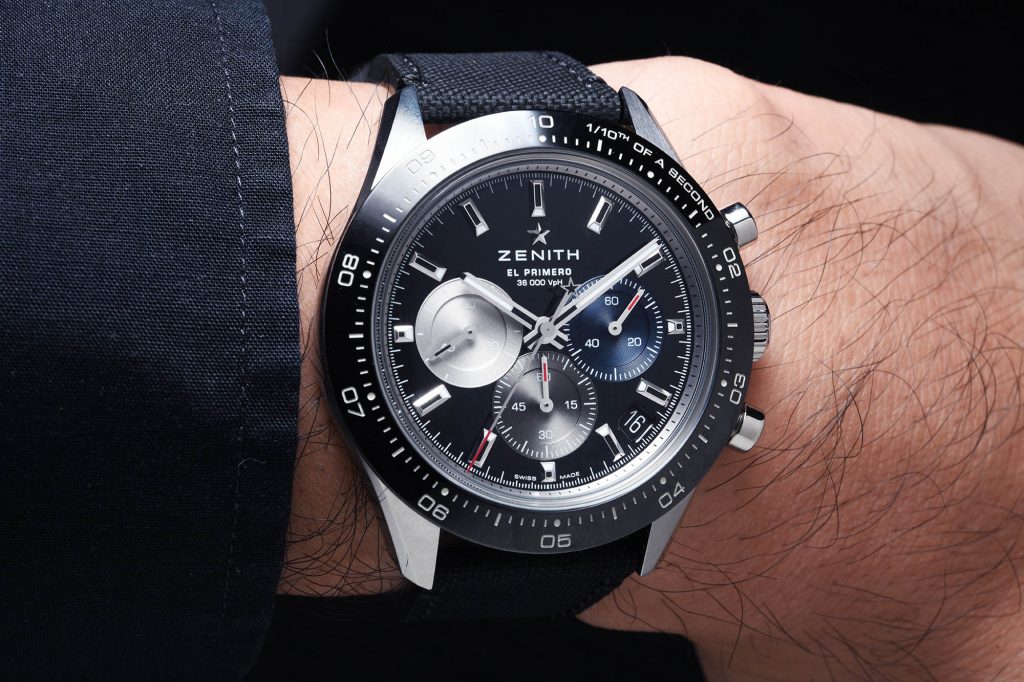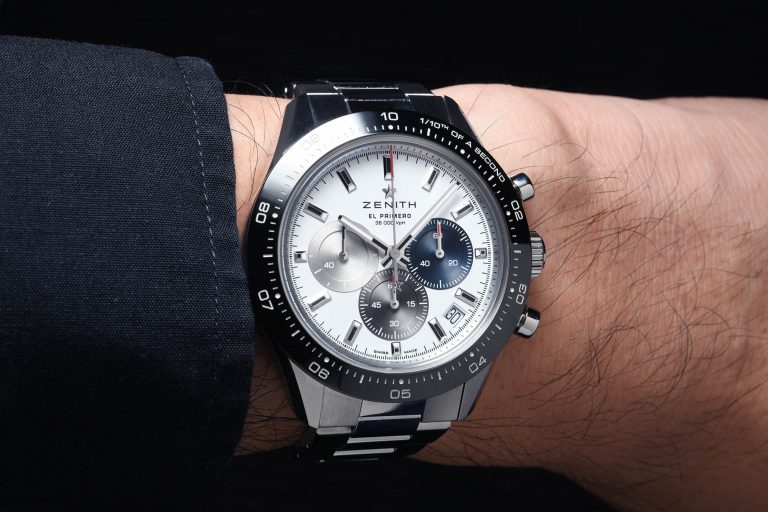On the surface, the watch world is one of intrigue – glitz, glamour, prestige and just a touch of “bling-bling”. Delving deeper, we find an industry that is steeped in tradition, with the production of fine watches at scale only really coming to fruition in the last 200 years. In these 200 years, we have seen the dominance of the pocket watch overthrown by the practical need for wristwatches in the mid 20th century, and since that time, the development of the mechanical wristwatch sky-rocketed until the advent of the Quartz Crisis. Arguably, the last great hurdle for watchmaking in the 20th century was the automatic chronograph, and no brand is more synonymous with this than Zenith.
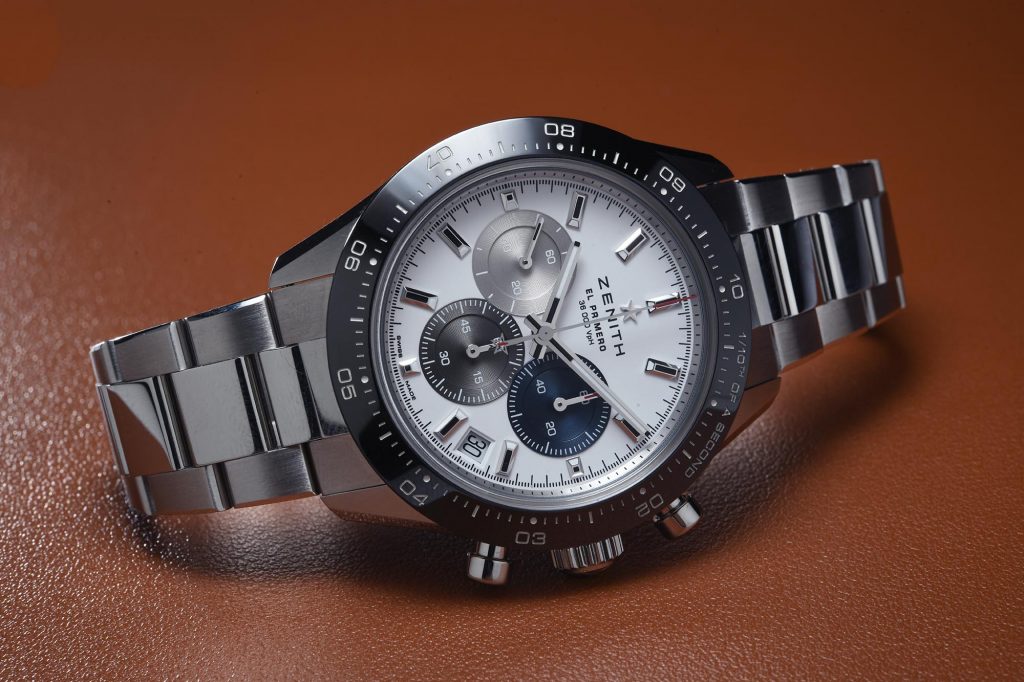
Since 1969, the El Primero has been well ahead of its time, with its integrated construction and high beat rate for chronometric performance, but has largely remained unchanged since then. For an industry that is steeped in tradition, Zenith found its niche by producing a legendary movement – one that helped revive the Swiss Watchmaking industry. However, like all great manufactures, the brand strives for continuous improvement, and in 2021, Zenith unveils the Chronomaster Sport – a nod to its 1969 roots, whilst housing a movement that brings the El Primero into the modern age.
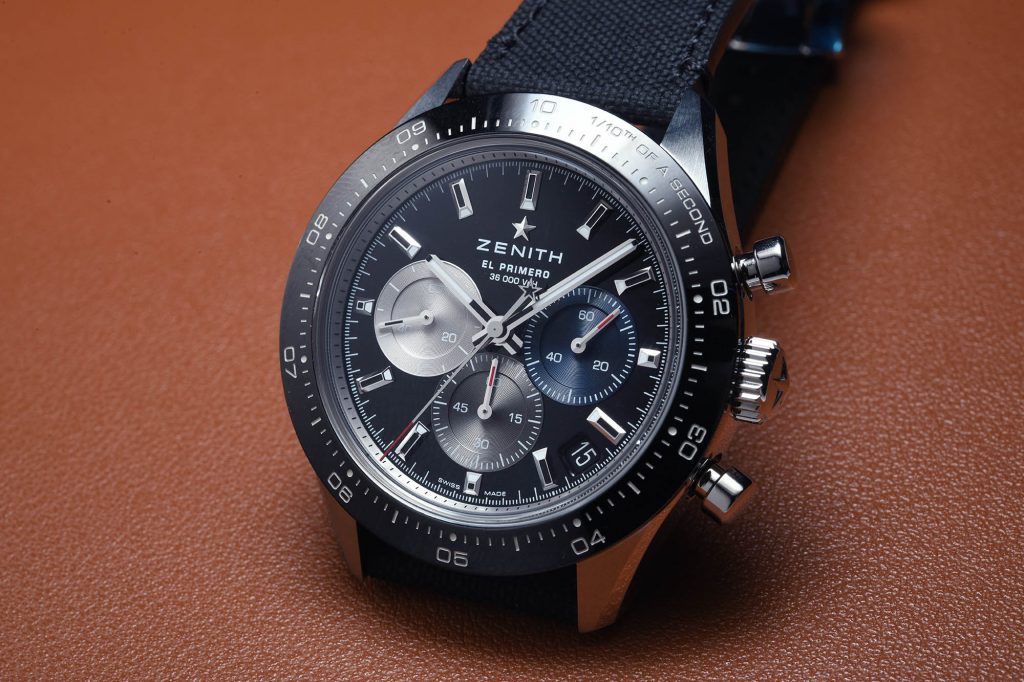
The Zenith Chronomaster Sport pays tribute to 1969, the 90s and positions it squarely for the future. Its design details on the dial, as well as its pump pushers are taken from the original A386 model released in 1969 that housed the first El Primero movements to be produced. The inspiration for the dial is seen in the multi-coloured subdials in silver, anthracite and petrol blue. Another similarity can be seen in the placement of the date window at 4:30, echoing the A386 and it’s date window placement. This is arguably less intrusive than placing the date at 6 o’clock like most chronographs, and keeps all the subdials uncluttered for accurate reading of the time. Where the 90s come into the design equation is the case form – this is taken from the De Luca model released in this era, with its wide bevels on the lugs. The 90s inspiration is topped off by a solid stainless bracelet fastened by a folding clasp with an extra lock, or for a more pragmatic look, a rubber strap with a deployant clasp. The bezel is a glossy ceramic, and marks the first time that 1/10th of a second markings are engraved into a bezel – and herein lies the party trick of the Chronomaster Sport – its new El Primero Calibre 3600.
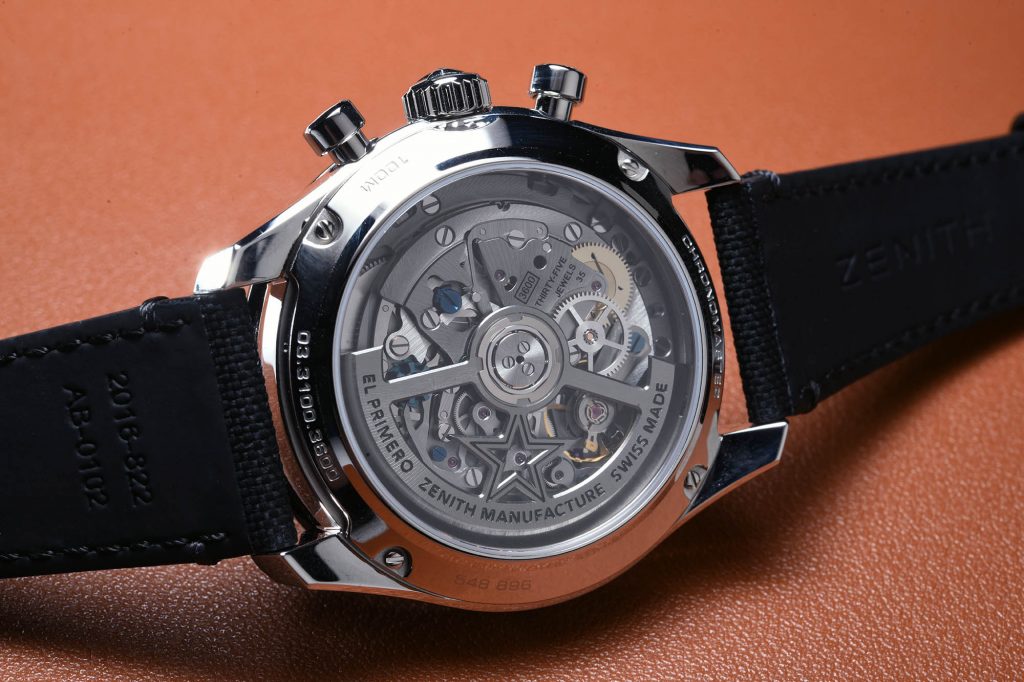
The new calibre of the Zenith Chronomaster Sport makes improvements on the original El Primero – most notably its capability of measuring 1/10th of a second. The chronograph seconds hand on the new Calibre 3600 makes one revolution every 10 seconds, instead of once every 60 seconds, and is able to display this through the use of the ceramic bezel that is graduated for 1/10th of a second. When the chronograph is activated, this gives the watch a lot of visual impact, where the chronograph seconds hand is speeding around the dial. Through this mechanism, it is clear that Zenith has optimised this mechanism for production in a watch at its price-point – the brand should be applauded for its dedication to measuring ever smaller increments of time in its chronographs movements. Visible through the sapphire crystal caseback of the watch, the movement features an engraved rotor with elements in relief, and featuring the Zenith star.
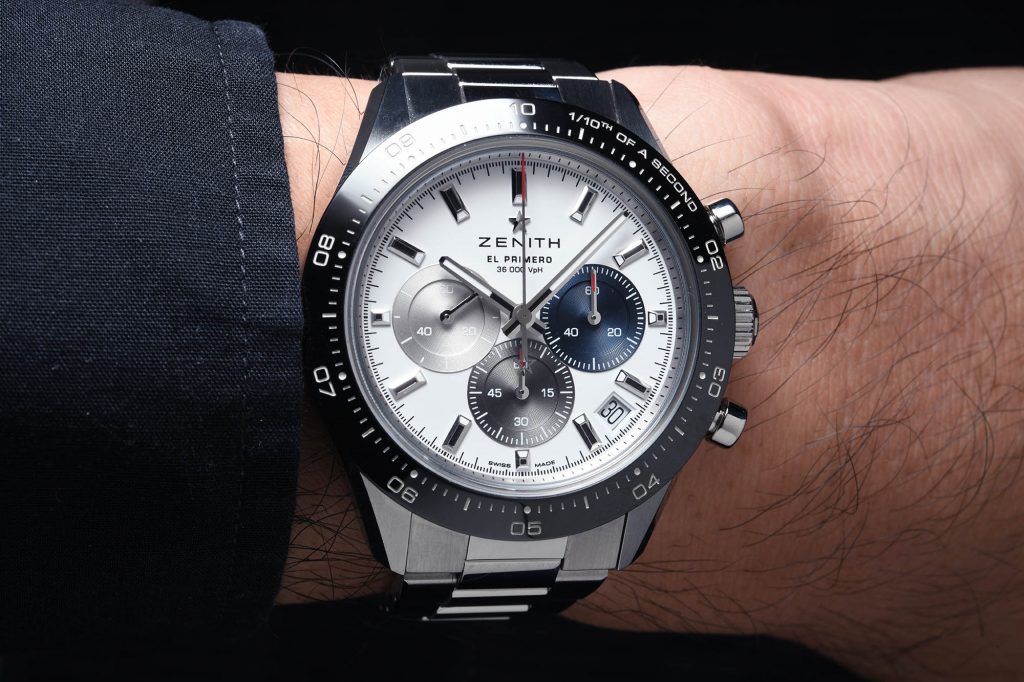
The Chronomaster Sport undoubtedly has a look that is desirable in today’s watch market, as evidenced by the sell-out figures. It has been reported that initial batches into retailers have already sold out, and received much praise by enthusiasts and the press alike. This brings us to the elephant in the room, and that is that it’s appearance resembles that of the Rolex Daytona.
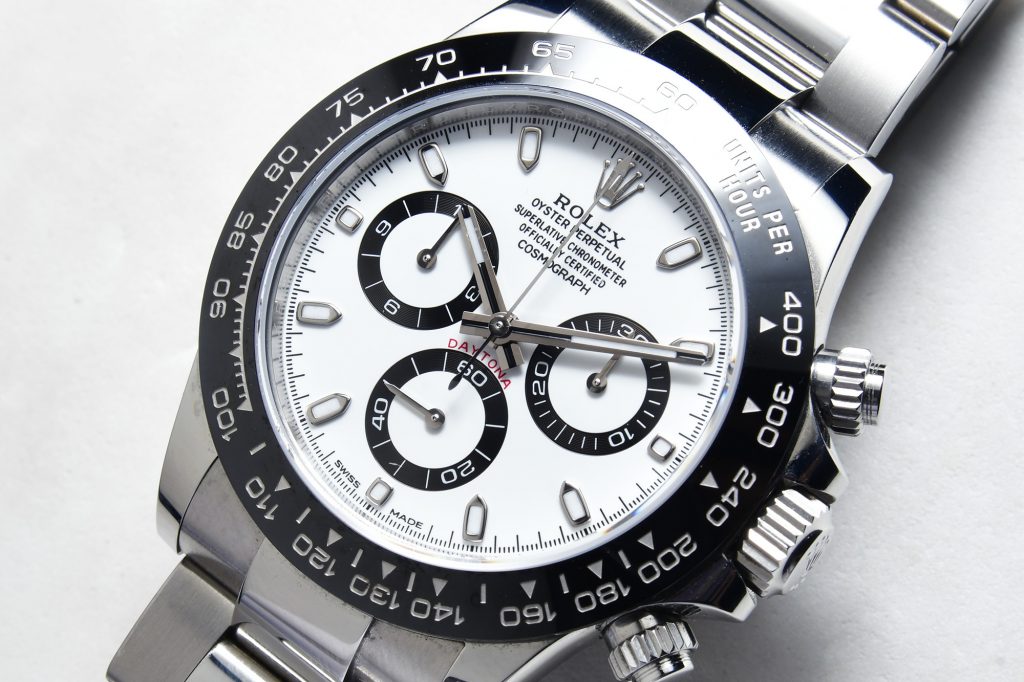
The material options of the Chronomaster Sport – a stainless steel case with ceramic bezel as well as the dial options of black and white mirror that of the Daytona. Its sizing at 41mm is very close to the Daytona with the main difference being the lack of crown guards, and even down to the bracelet clasp, it has the feeling of a Fliplock clasp from the Crown – the Easylink extension is missing, but the feeling is close enough.
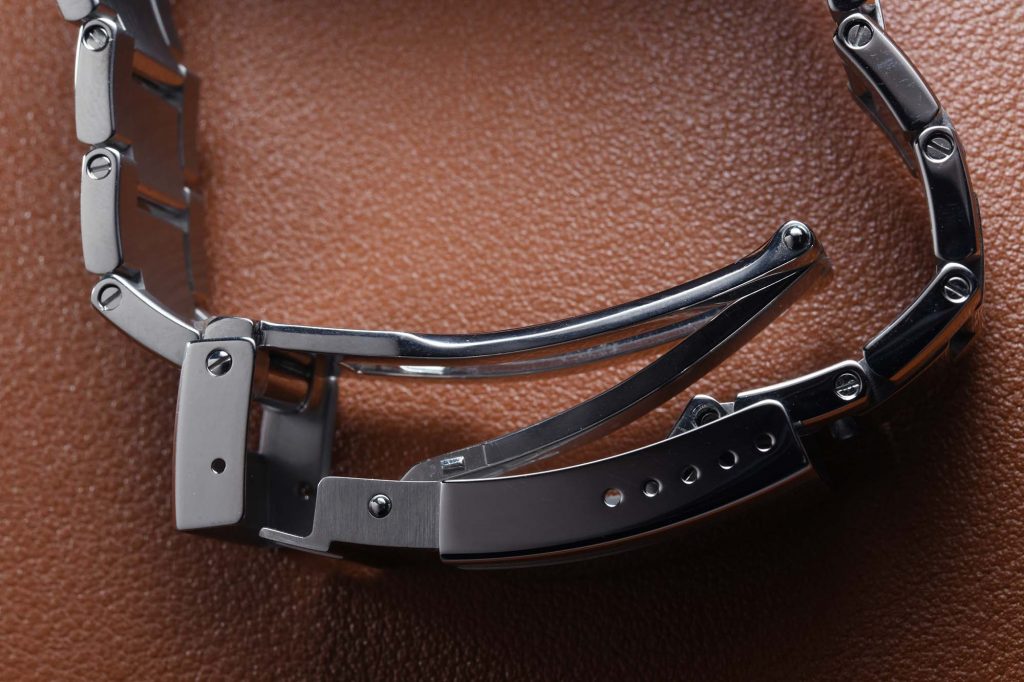
Yes there is a feeling of familiarity with the Chronomaster Sport, but there are many details that separate these watches from their outward appearance. The vintage details taken from the A386 dial amongst others, as well as the addition of the date window (which the Daytona does not have) and the 1/10th of a second chronograph from the 5Hz beat rate of the El Primero separate the Chronomaster Sport from the Daytona far enough that they have their own distinct identities. It will most likely be easier to get too. It is easy to say that Zenith has just taken a leaf out of Rolex’s playbook, however, we have to remember that it was a modified El Primero that relaunched the Daytona in the 1990s, forming their Calibre 4030 movement – and if Rolex utilises anything in the watchmaking world, then by extension, it must be good.
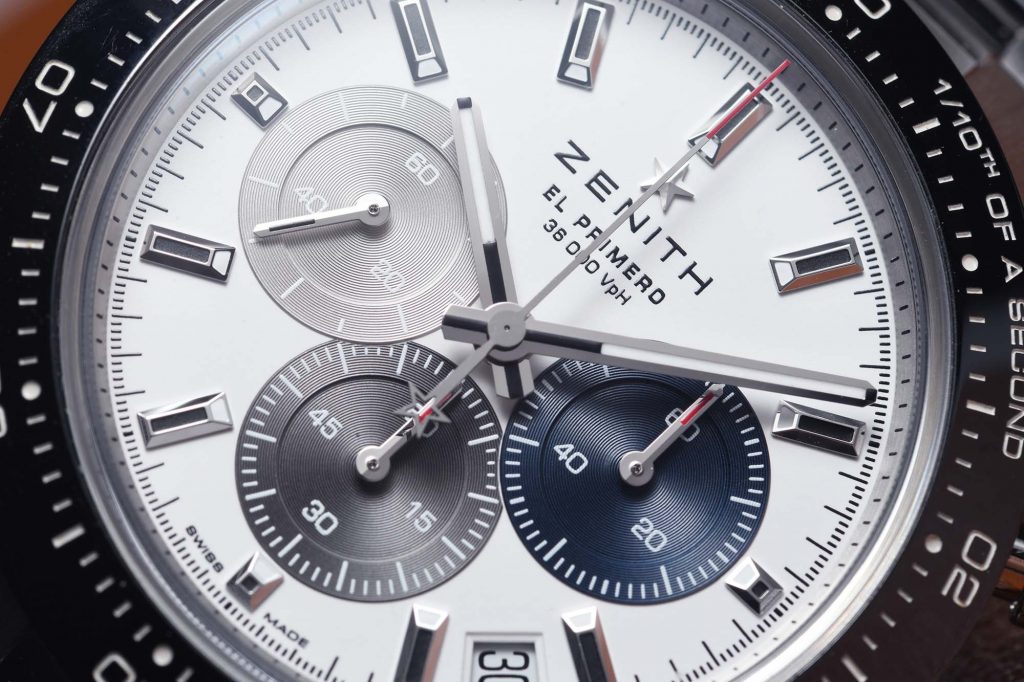
This is thanks to the dynamic leadership of Julien Tornare, CEO of Zenith, who has, since taking on the role, begun a journey to realise the full potential of the well-respected maker of the iconic El Primero. He has made clear distinctions for the brand, and given it a fresh identity. It is now able to recreate vintage pieces like the Chronomaster Revival A385, and create new watches like the Defy El Primero 21 – making it a brand that is able to draw on its past, but also make thoroughly modern pieces at the same time.

Zenith has been instrumental in supporting the renaissance of the watch industry through its luxury revival in the 90s, being housed in some of the decade’s most important watches that brought fresh interest into mechanical watches. It is only fitting then, that Zenith pays tribute to three eras with the release of the Chronomaster Sport – the past – where it was the first high-frequency automatic chronograph, the 90s – where the El Primero single-handedly brought back the prominence of the sport chronograph, and the future – where the roadmap of Zenith’s watchmaking philosophy can be seen through its incorporation of the 1/10th of a second chronograph mechanism. Through this watch, we can clearly see that Zenith is now displaying its prowess in chronographs, honouring its history, whilst striving to push mechanical watchmaking to greater heights.
